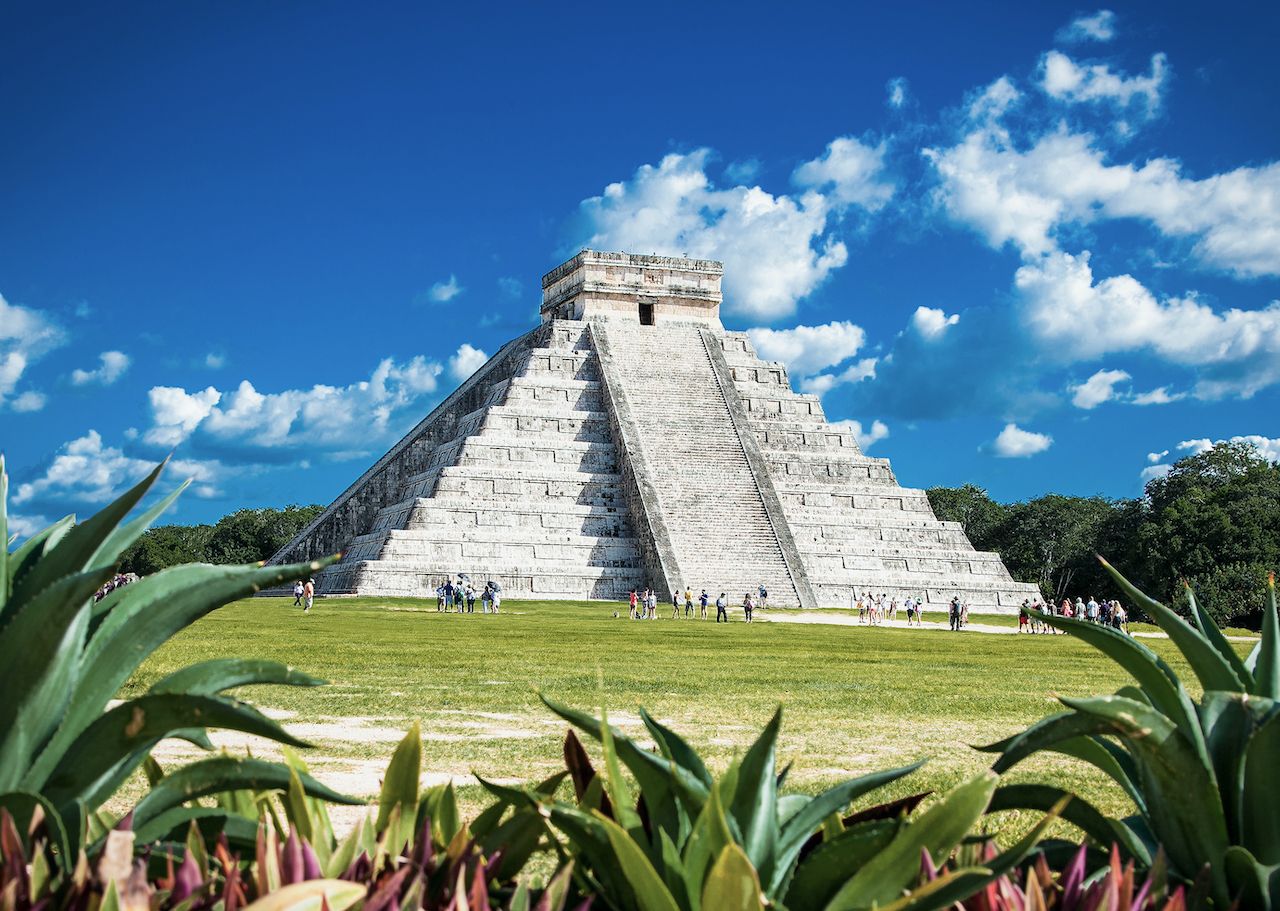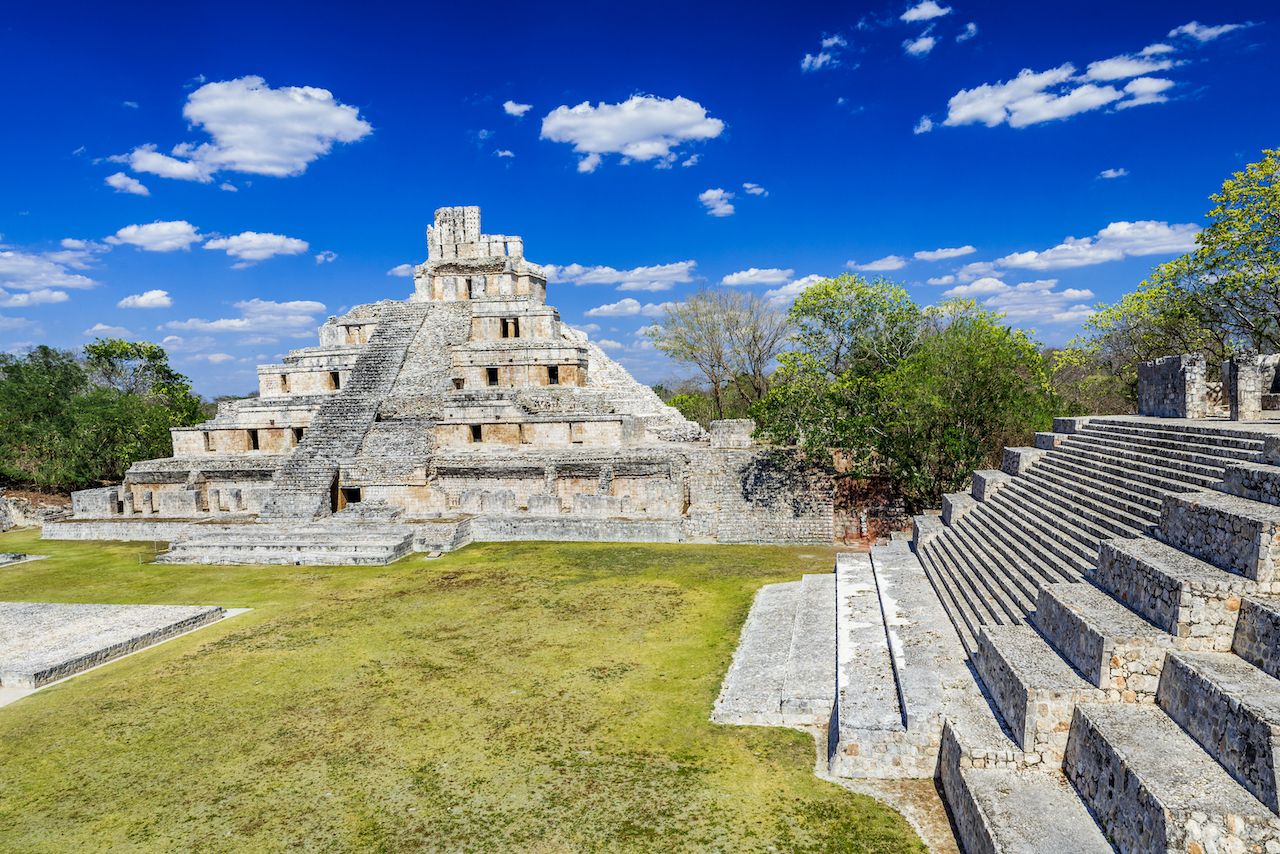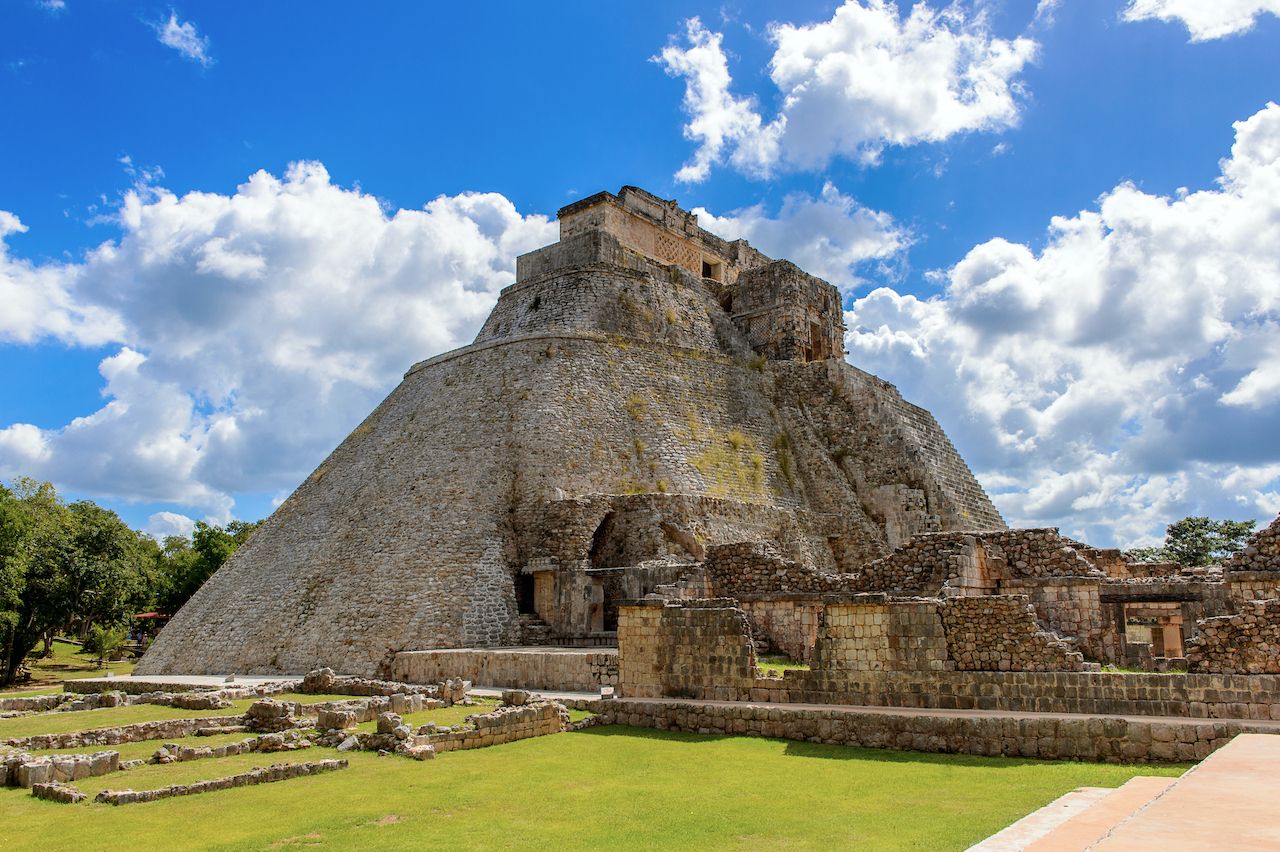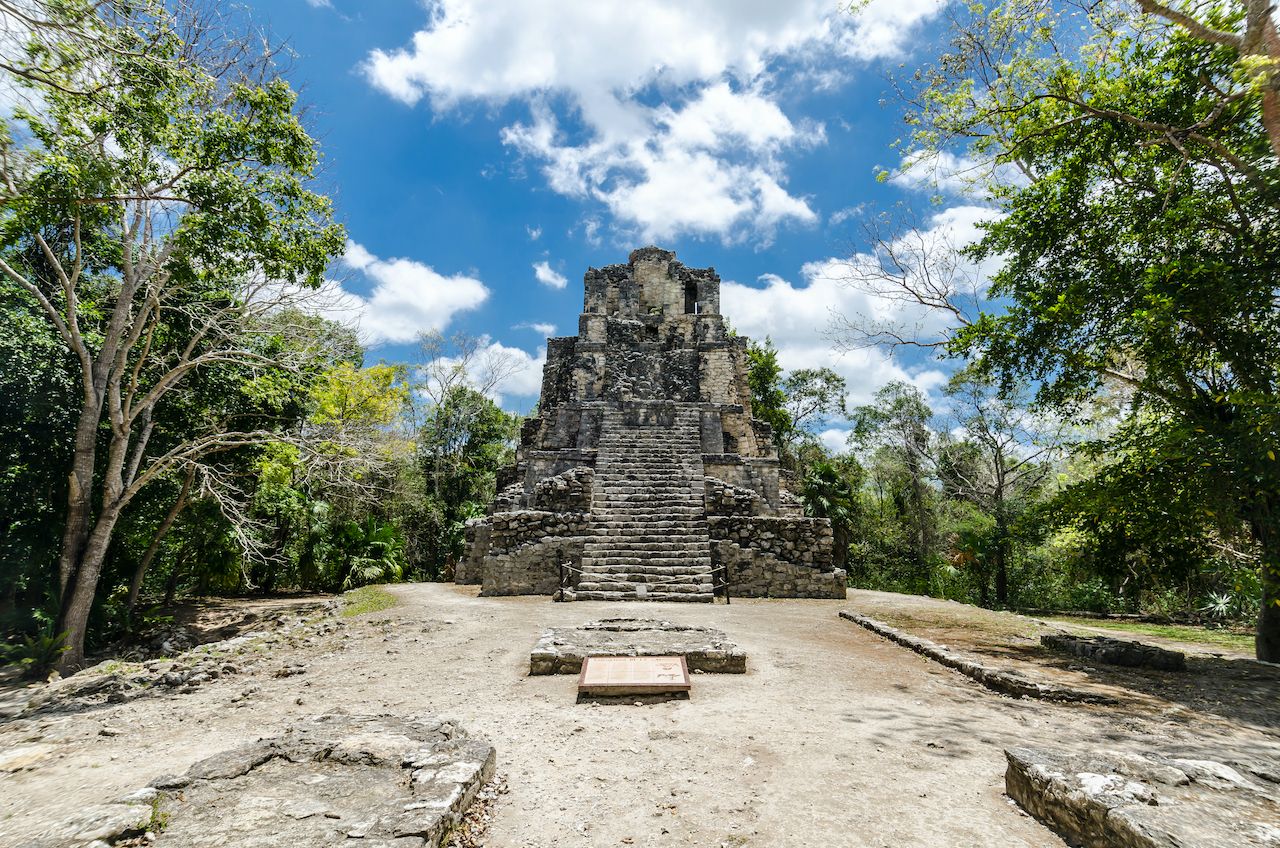Every year, Mexico’s Yucatán Peninsula is visited by millions of people who cannot resist the region’s white-sand beaches, crystal clear Caribbean waters, and beautiful wildlife. But no trip to the Yucatán Peninsula would be complete without taking a small step back in time to acknowledge the region’s past life when the Mayans called the Yucatán Peninsula home for almost 4,000 years.
The peninsula is densely packed with the remnants of the great Mayan civilizations. Here are seven of the most epic Mayan pyramids and ruins not to miss in Mexico’s Yucatán Peninsula.







